3D printing of external braces: biomechanics meets personalized care
22. 10. 2024
The Liberec Regional Hospital is expanding the use of 3D printing and trying out other technological innovations. Head of biomechanics Lukáš Čapek reveals how 3D printing is helping to change established practices in patient care.
Forget about uniform medical devices. The Regional Hospital Liberec and the Technical University of Liberec, in cooperation with Aries, are looking for new ways for the future with new technologies. For example, for personalisation with 3D printing technology. The team from the Department of Clinical Biomechanics at the KNL is working, among other things, to make new technologies more comfortable for patients. What obstacles do they face when introducing 3D printing into clinical practice and why is it important that the orthoses look good and work 100% at the same time? We talk about this with team leader Lukas Čapek. Join us for a glimpse into a world where biomechanics intersects with modern additive technologies, and where the future of healthcare is being shaped by tailored solutions for each patient.
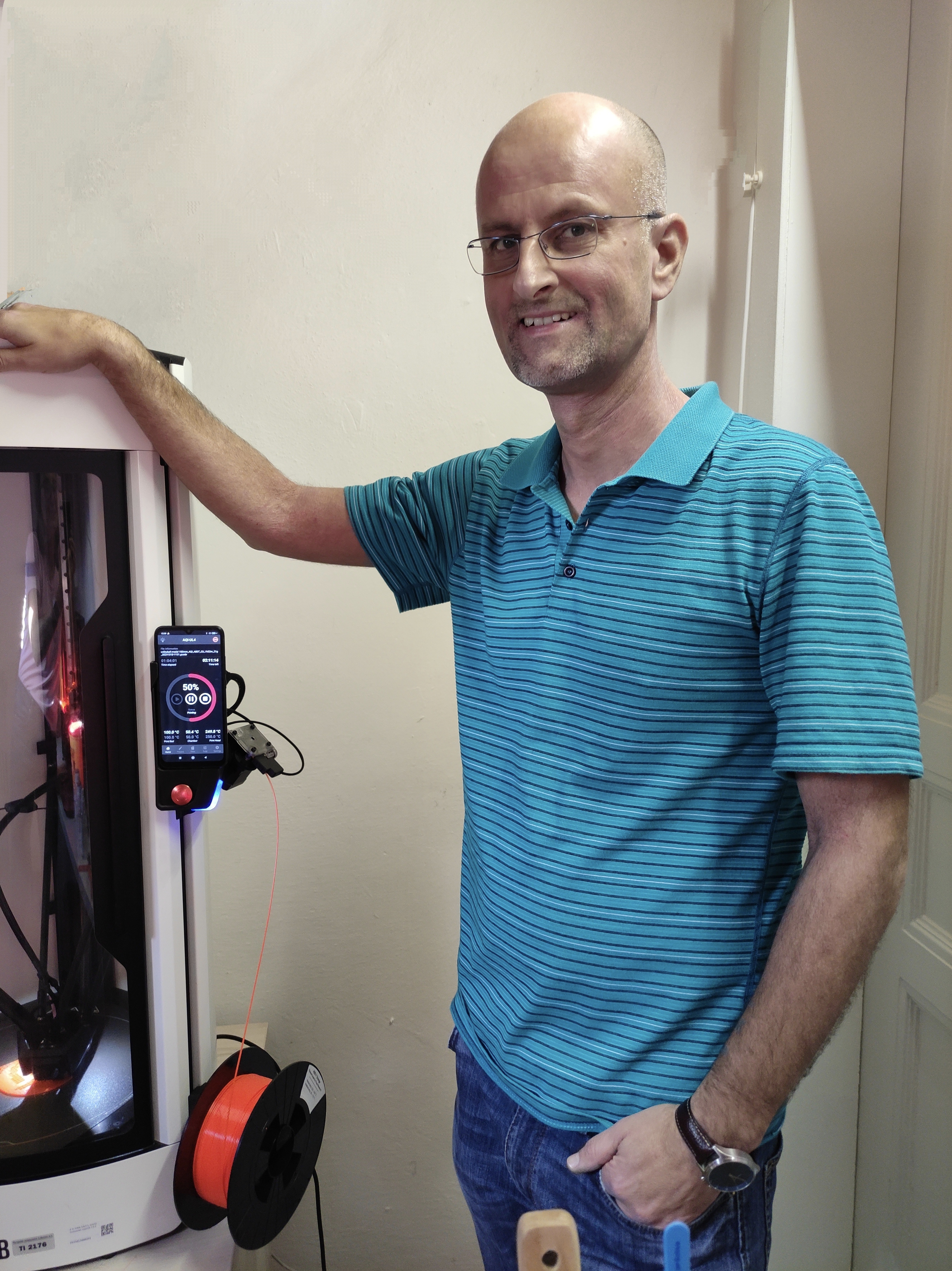
Lukáš Čapek and his team are working on new technologies to increase the comfort of patients in the KNL. This involves individual testing of selected patients.
How do you use 3D printing in the Liberec hospital and what benefits does this technology have in the treatment of patients?
The trend in medicine has a clear direction: individualisation towards patients. 3D printing is made for individual solutions, which is why we also focus on the design of orthoses and their evaluation through motion analysis. It is believed that an individually made orthosis using additive technology will primarily increase the patient's comfort in post-operative recovery. This is a relatively new issue, so there is no long-term study to confirm this.
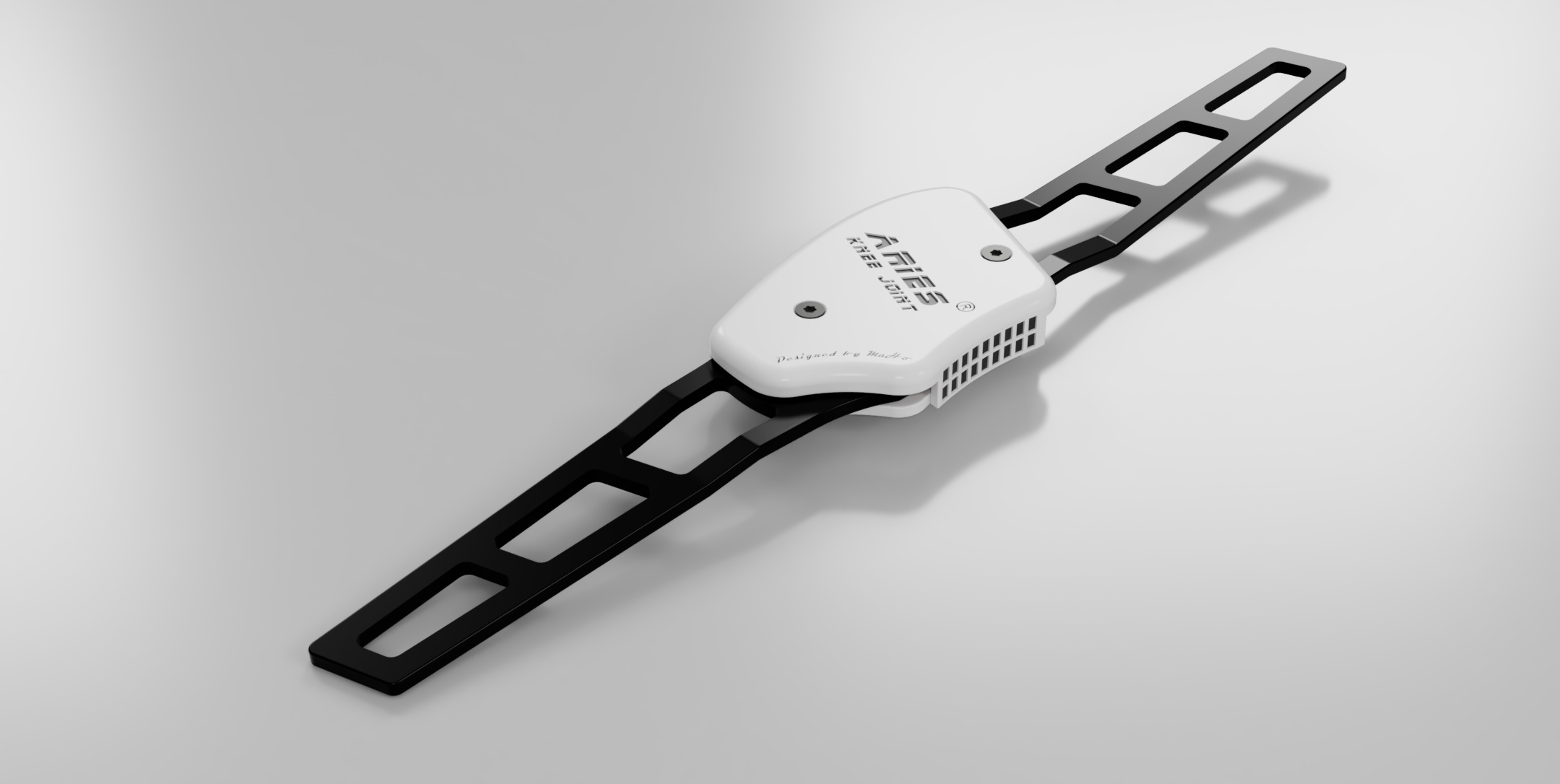 Design and functional design of the knee brace connecting joint created in cooperation of experts from the Technical University of Liberec and the Regional Hospital Liberec.
Design and functional design of the knee brace connecting joint created in cooperation of experts from the Technical University of Liberec and the Regional Hospital Liberec.
What are the results of your research into personalised 3D printed braces?
3D printing has been with us for more than 40 years, so only the post-covid era favors the growth and deployment of this technology in clinical practice. Our research is primarily in shape optimization of final products and in the development of new materials. Simply put: to make the brace not only look nice, but to make it as functional and comfortable as possible. This is one of the directions we take in our motion analysis laboratory. This is also where we compare the functionality of the current commercial solutions that our patients bring with them to their appointments.
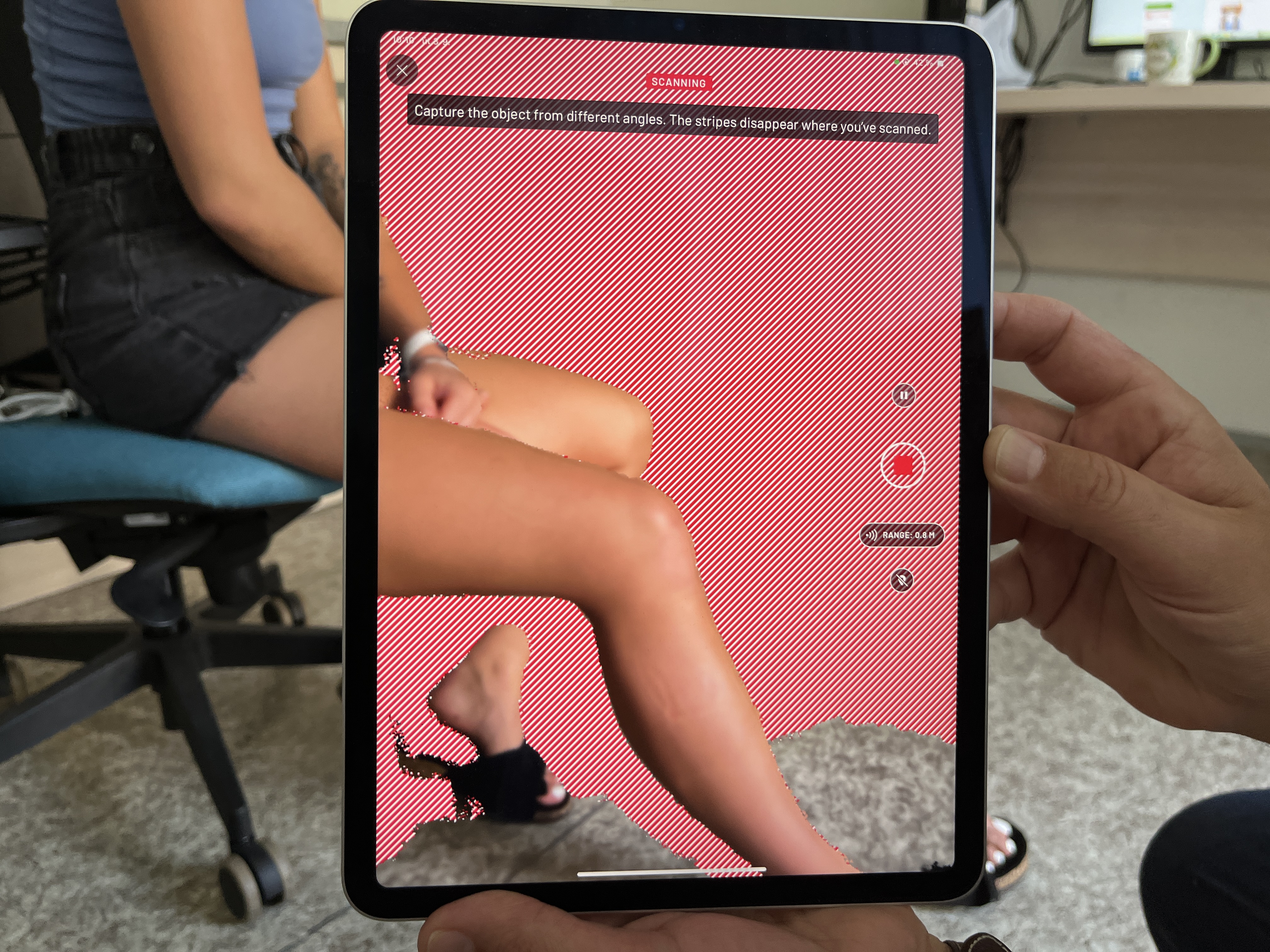
3D scanning of the lower limb using a non-contact scanner.
What is your experience with additive technologies so far?
3D printing has been introduced at the Regional Hospital Liberec for 2.5 years and it is slowly becoming clear in which indications this solution is effective and when it no longer makes sense. This NCK project brings us great added value, especially in the design and functionality of external braces, which we can understand better and can adapt to the needs of patients in the future.
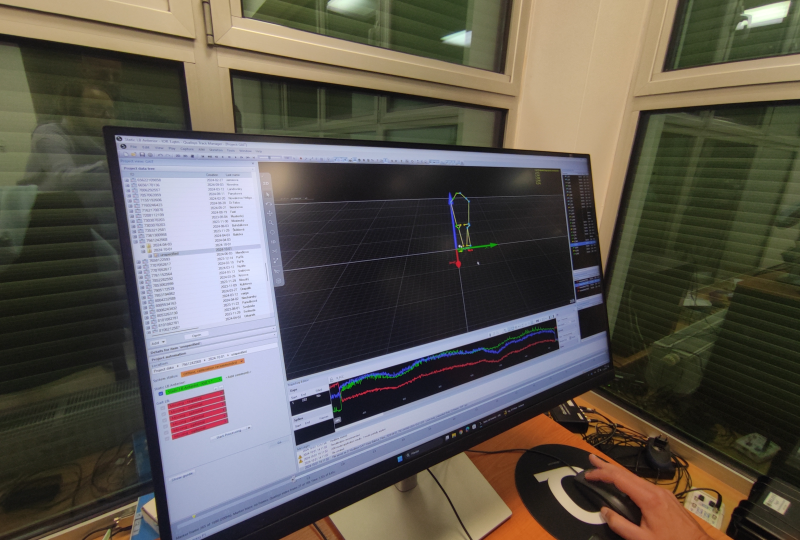
The motion recorded by the sensors during the patient examination is transferred to the computer and data analysis is created.
What role does your connection to academia and commercial?
Absolutely essential. We are a scientific research organization, but we are clinically oriented. We don't have the capacity and know-how in knee-joint brace design or in topological optimization of 3D printing as we do at CxI. Nor can we assume the firm's function in medical device legislation that Aries has. Maybe that's why the collaboration is working well, the team is well positioned.
Who is Lukáš Čapek
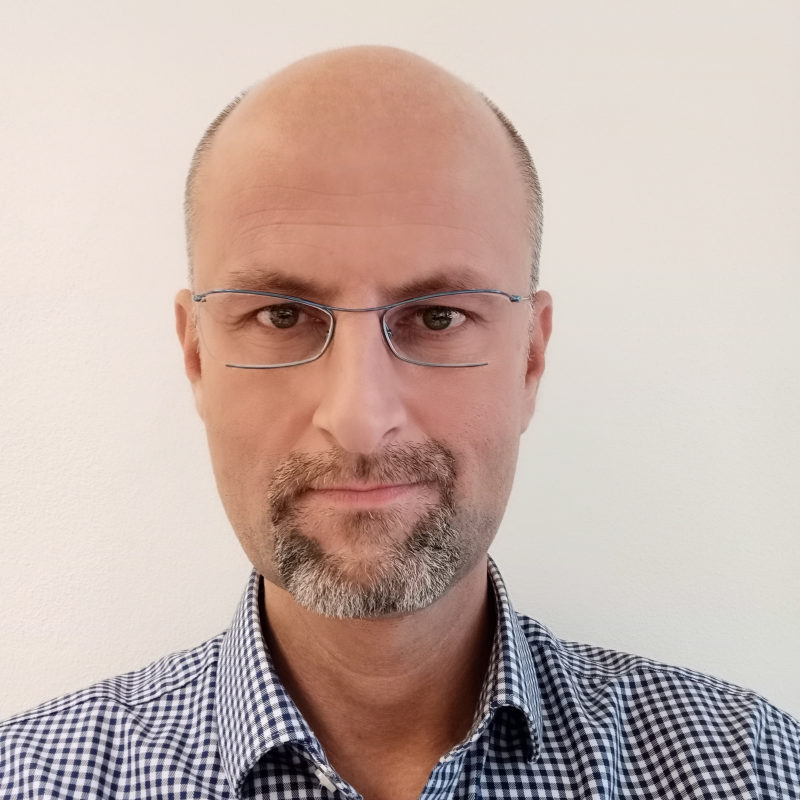
Lukáš Čapek is an expert in clinical biomechanics and 3D printing in medicine and currently heads the Department of Clinical Biomechanics at the Regional Hospital Liberec. After completing his doctoral studies at the Technical University of Liberec, where he specialized in applied mechanics, he gained extensive experience during research stays at leading universities and institutions around the world, including Japan, New Zealand and Belgium. He is the founder of the Czech Society for 3D Printing in Medicine and is an associate professor at the Technical University of Liberec, where he has been teaching and supervising students for more than 15 years.
Lukáš Čapek is a finalist in this year's IDC Digital Future Awards in the Special Impact Award 2024 Czech Republic category. He impressed the jury with his project 3Diamond - 3D printing, which brings a breakthrough to healthcare. At a time when 3D printing is becoming one of the most promising tools for innovation in medicine, 3Diamond addresses a key problem - the lack of manufacturing methods and data management systems that would allow hospitals to leverage the full potential of this technology across the entire organization.
Centre for Industrial 3D Printing in Liberec
The development of individual orthopaedic devices using 3D printing is part of an ambitious projeCT Národní centrum kompetence pro průmyslový 3D tisk (P3DT).
The key members of the KNL team are Assoc. Ing. Lukáš Čapek, Ph.D., and MUDr. Roman Mizera, Ph.D., who jointly lead the biomechanical and clinical part of the project. They are collaborating with experts from the Technical University of Liberec and ARIES to develop lightweight, dynamic knee braces that will be custom-made for patients using advanced 3D scanning and printing. The current result of their work is the design of orthoses for everyday use that allow patients a natural range of motion. In addition to the development part, the team has been involved in movement analysis of selected patients after knee surgeries.
The development of otropedic devices using 3D printing is pushing the boundaries of additive technologies and falls under the Center for Industrial 3D Printing (P3DT). This initiative brings together over 27 partners from research and industry to leverage 3D printing for industrial innovation. Supported by the Czech Technology Agency, the P3DT will focus on the development of sustainable materials, efficient manufacturing and digitalisation, with a clear goal: to push the use of 3D printing into the mainstream of industrial practice.

The P3DT project is financially supported by the Technology Agency of the Czech Republic.
PHOTOGALLERY

During the check-up, patients have motion sensors placed on their lower limbs.

Motion analysis of a patient after cruciate ligament surgery transferred to a computer.
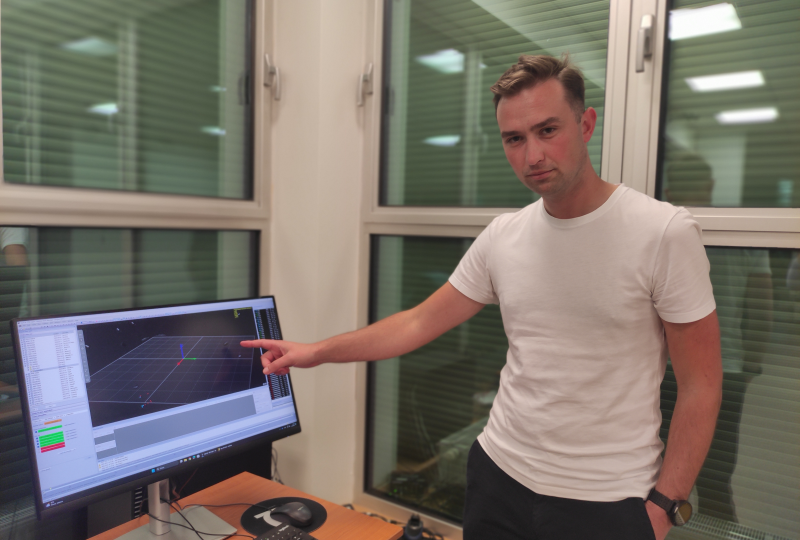
Jiří Vitvar collaborates on the modification of design proposals and virtual models, deals with 3D printing of pilot designs, motion analysis and 3D scanning of lower limbs.




.png)
.jpeg)
.png)
.jpeg)
.png)
.jpeg)
.png)


.png)